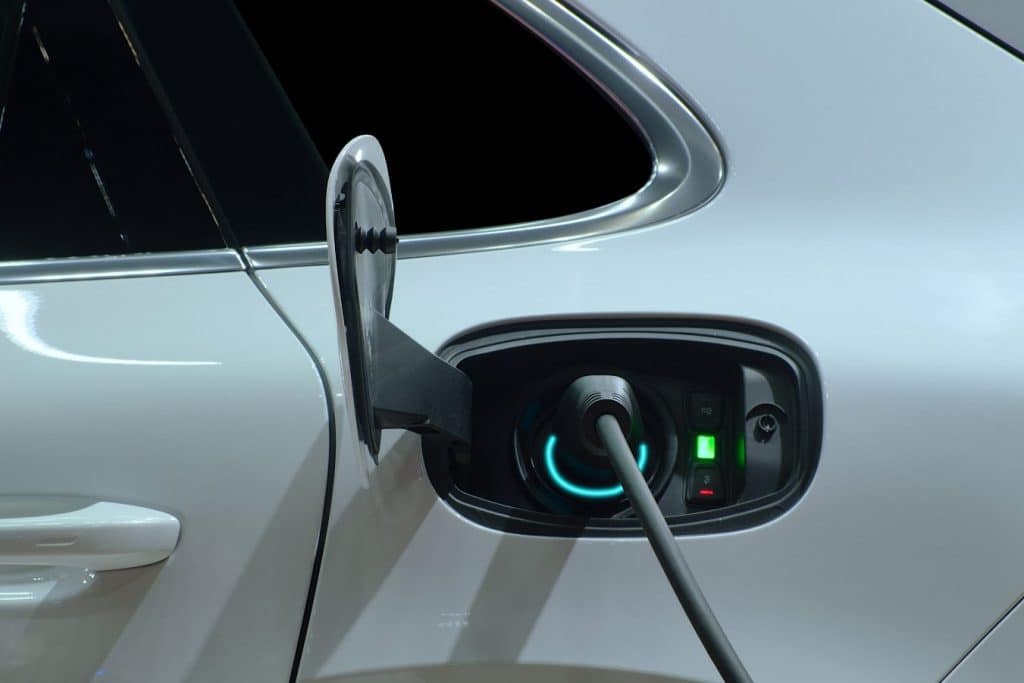
Researchers have found that NASA technology developed for use on the International Space Station could also be used to charge electric vehicles at a much faster rate than in currently possible.
The new «subcooled flow boiling» technique results in greatly improved heat transfer effectiveness compared to other approaches and could be used to control the temperatures of future systems in space.
A cooling system developed by NASA for electronics in space could be used to help charge electric cars.
The heat-transfer system can cool cables carrying high currents, potentially allowing super-fast charging without the risk of overheating.

Currently, charging times vary widely, from 20 minutes at a station alongside a roadway to hours using an at-home charging station.
Lengthy charging times and charger location are both cited as major concerns of people who are considering electric vehicle ownership.
You can also read: K-Pop stars BTS could face possible military service
Reducing the charging time for electric vehicles to five minutes — an industry goal — will require charging systems to provide current at 1,400A.
«Application of this new technology resulted in unprecedented reduction of the time required to charge a vehicle and may remove one of the key barriers to worldwide adoption of electric vehicles,» the researchers added.





